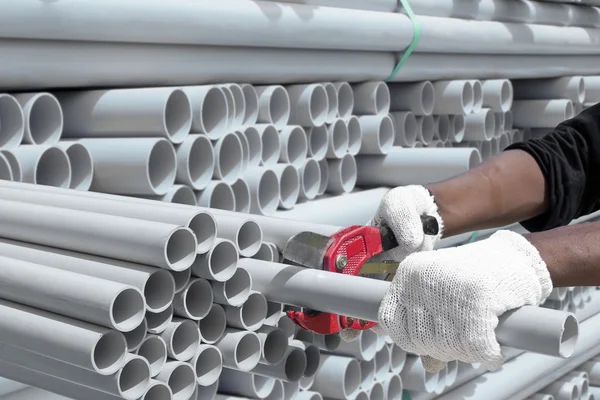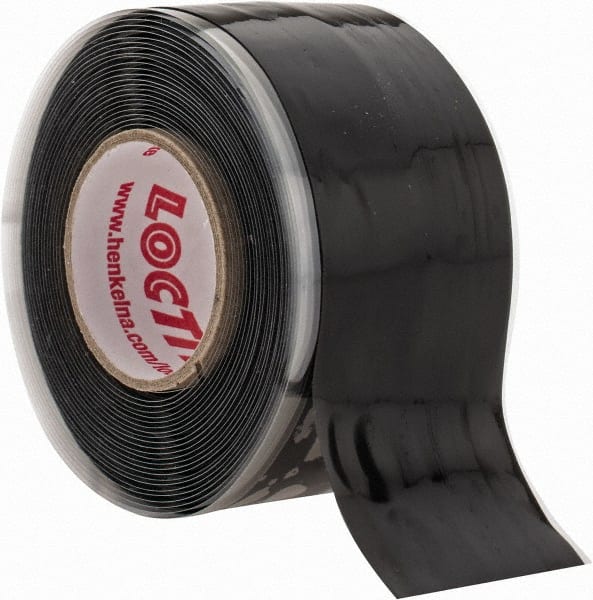PVC water pipes for salePolyvinyl Chloride: One of the most widely used thermoplastic polymers around the world. Which is better PVC pipping vs Metal pipping ?PVC has different properties from metals, between the two neither has an edge over the other; it is dependant on application. Since PVC is low in weight, chemically resistant, easy to install, and has a long life expectancy it is usually preferred for water transport. On the other hand, some metals such as iron tare vulnerable to corrosion and after sometime they need to be replaced. PVC is limited to small diameter pipes, in situations where large volumes need to be transported a metal such as iron would be preferred. PVC is brittle which means caution is required during transport and installation. Metal pipes(Cast Iron for underground water Pipes) are thus used in situations were high strength, high pressure and high stress come into play. Categories of PVC PipesPVC pipes are usually categorised into four, namely, PVC-U, C-PVC, PVC-O and PVC-HI PVC-U: This is most common PVC pipe. It does not contain any plasticiser, so, the U in the name stands for un-plasticized. The plasticiser is used to lessen brittleness that is why in some communities it is called rigid PVC. C-PVC: The C signifies a higher chlorine content as compared to other PVC pipes. As a result, it can tolerate PVC-O: As a result of a production process, PVC-U’s amorphous structure is turned into a layered structure. This yields a molecularly oriented PVC hence the name PVC-O. It is a good choice of pressure pipes which makes it suitable to be buried. The new molecular structure also offers improved resistance against corrosion. In addition, It offers a great deal of balance between flexibility, stiffness and strength. PVC-HI: Just like PVC-O, High Impact PVC is manufactured by adding an impact modifier to PVC-U. It usually used for the transfer of gaseous fuels to a maximum pressure of 1 bar. It has improved resistance to external stresses and has improved durability. How to Repair PVC pipe Leaks?Before looking at ways of repairing leaks, it is better to look at what caused the leak. Prevention is always better than a cure. The most common causes are listed below: • Improper installation: loose fittings leave gaps allowing water to leak. The technicians should always ensure that fittings are installed correctly. • Defective Pipes or Fittings: Before installation pipes and fittings should be inspected for any defects. This will save a lot of money and reduce possible downtime. • Glue: The correct adhesive has to be purchased, one should confirm if it is the right one for PVC pipes. Even after using the right kind of glue it has to be noted that it has a lifespan, so, eventually it degrade and would need to be replaced. • Carelessness: PVC is a brittle material, proper care is always required, avoid using PVC in Now that possible causes of leaks have been established, let us now look at: Temporary remedies used to repair the leakagesEpoxy: Pipe leaks can be repaired using epoxy putty or liquid mixed with hardener.
Fibreglass Cloth: It contains a resin that is activated when it comes into contact with water.
Hose Clamps and Rubber Tape: For small leaks wrap a rubber tape around the affected area and use two hose clamps to tighten it. This can only work on smooth surfaced pipes. Replacement: When the damage is too big, it would be wise to simply replace the pipe with a new pipe. The PVC polymer is derived from coal or oil and salt. The essential additives used in PVC pipes are heat stabilizers, lubricants and impact modifiers. Applications for PVC Pipe SystemsPVC pressure pipes are specified with confidence in the following applications: - Water mains and reticulation systems Please contact us for more information |

 It is manufactured from the polymerisation of vinyl chloride. Usually, it is characterised by its brittle nature. Plumbing, agriculture and sewage are some of the industries where PVC pipes are commonly used. The reason for their common usage is because they are corrosion resistant, they do not succumb to thermal expansion easily, they can be used in different weather conditions and they are economical. There are different variants of PVC which allows it to be adapted to different environments. The smooth nature of the
It is manufactured from the polymerisation of vinyl chloride. Usually, it is characterised by its brittle nature. Plumbing, agriculture and sewage are some of the industries where PVC pipes are commonly used. The reason for their common usage is because they are corrosion resistant, they do not succumb to thermal expansion easily, they can be used in different weather conditions and they are economical. There are different variants of PVC which allows it to be adapted to different environments. The smooth nature of the